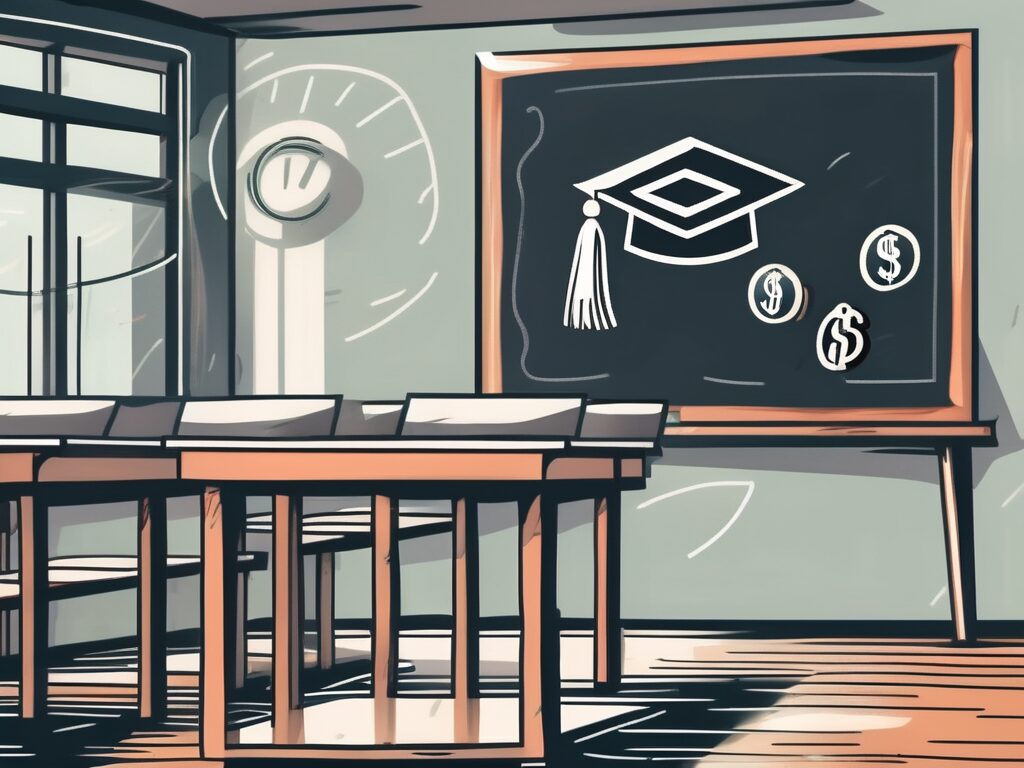html
Overcoming Barriers to Education in Japan: 5 Key Solutions
Education is a fundamental right, yet in Japan, various barriers hinder access to quality education for all. From socio-economic disparities to cultural stigmas, these obstacles can significantly impact students’ learning experiences and outcomes. In this blog post, we will explore five key solutions to overcome these barriers, ensuring that every child in Japan has the opportunity to thrive academically. Our aim is to provide educators, policymakers, and stakeholders with actionable insights that can lead to a more inclusive education system.
1. Addressing Socio-Economic Disparities
One of the most pressing barriers to education in Japan is the socio-economic divide. Families from lower-income backgrounds often struggle to afford educational resources, extracurricular activities, and even basic school supplies. This financial strain can lead to lower academic performance and decreased motivation among students.
To combat this issue, the government and educational institutions can implement targeted financial assistance programs. Scholarships, free school meals, and subsidised educational materials can help level the playing field. For instance, the Tokyo Metropolitan Government has introduced initiatives that provide financial support to low-income families, enabling their children to participate in school activities without the burden of additional costs.
2. Promoting Inclusive Education Practices
Inclusive education is essential for ensuring that all students, regardless of their backgrounds or abilities, can access quality education. In Japan, traditional teaching methods often fail to accommodate diverse learning needs, leaving some students behind.
To promote inclusivity, schools should adopt differentiated instruction strategies that cater to various learning styles. This can include using technology to create personalised learning experiences or providing additional support for students with special needs. For example, the Osaka Prefectural Board of Education has successfully implemented inclusive classrooms where teachers receive training on how to support students with disabilities, resulting in improved academic outcomes for all students.
3. Enhancing Teacher Training and Professional Development
The quality of education is heavily influenced by the effectiveness of teachers. In Japan, there is a growing need for enhanced teacher training and ongoing professional development to equip educators with the skills necessary to address the diverse needs of their students.
Investing in comprehensive training programs can empower teachers to implement innovative teaching methods and foster a more engaging learning environment. For instance, the Japan Teacher Training Association offers workshops and resources focused on modern pedagogical techniques, helping educators stay current with best practices in teaching.
4. Leveraging Technology for Remote Learning
The COVID-19 pandemic has highlighted the importance of technology in education. In Japan, many students faced challenges in accessing remote learning due to a lack of digital resources or internet connectivity. To overcome this barrier, schools and communities must invest in technology infrastructure and provide training for both teachers and students.
By leveraging online learning platforms, educators can create flexible learning environments that cater to students’ individual needs. For example, the Ministry of Education, Culture, Sports, Science and Technology (MEXT) has launched initiatives to provide digital devices to students in rural areas, ensuring that all learners have access to quality educational resources, regardless of their location.
5. Fostering Community Engagement and Support
Community involvement plays a crucial role in supporting students’ educational journeys. In Japan, fostering strong partnerships between schools, families, and local organisations can create a supportive network that enhances students’ learning experiences.
Schools can organise community events, workshops, and parent-teacher meetings to encourage collaboration and communication. For instance, the Shibuya Ward Education Committee has successfully implemented community engagement programs that connect families with local resources, such as tutoring services and after-school activities, ultimately benefiting students’ academic performance.
Conclusion
Overcoming barriers to education in Japan requires a multifaceted approach that addresses socio-economic disparities, promotes inclusive practices, enhances teacher training, leverages technology, and fosters community engagement. By implementing these five key solutions, we can work towards a more equitable education system that empowers every student to succeed.
Empower Your Teaching Career with IPGCE
As we strive for a more inclusive education system in Malaysia, the role of qualified and well-trained educators becomes increasingly crucial. IPGCE is dedicated to supporting teachers in their professional journey, offering the International Postgraduate Certificate in Education (iPGCE) to enhance qualifications and open doors to international teaching opportunities. With our program, you can expect a significant increase in interview callbacks, promotion rates, and salary. Plus, you’ll join a global network of educators, gain a deeper understanding of international curricula, and enjoy the flexibility of online study. Don’t let inadequate credentials or isolation hold you back. Join the UK’s #1 Teacher Training Course today and take a decisive step towards a fulfilling career in inclusive education.
Related Topics
- Inclusive Education Practices in Japan
- Teacher Training Initiatives in Japan
- The Role of Technology in Modern Education
Connect with us on LinkedIn to stay updated on the latest in education and professional development!

